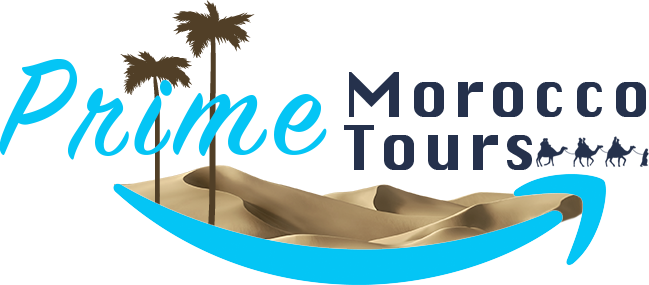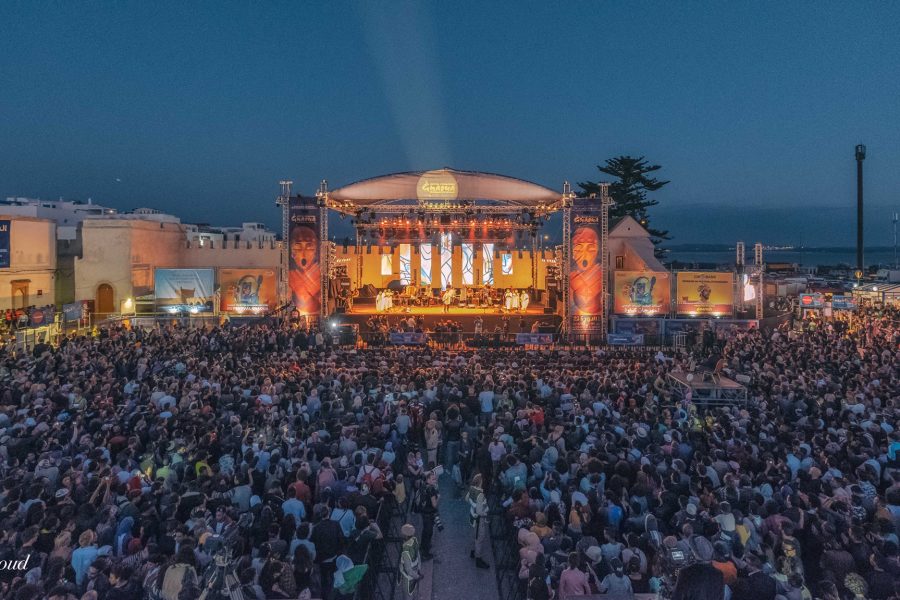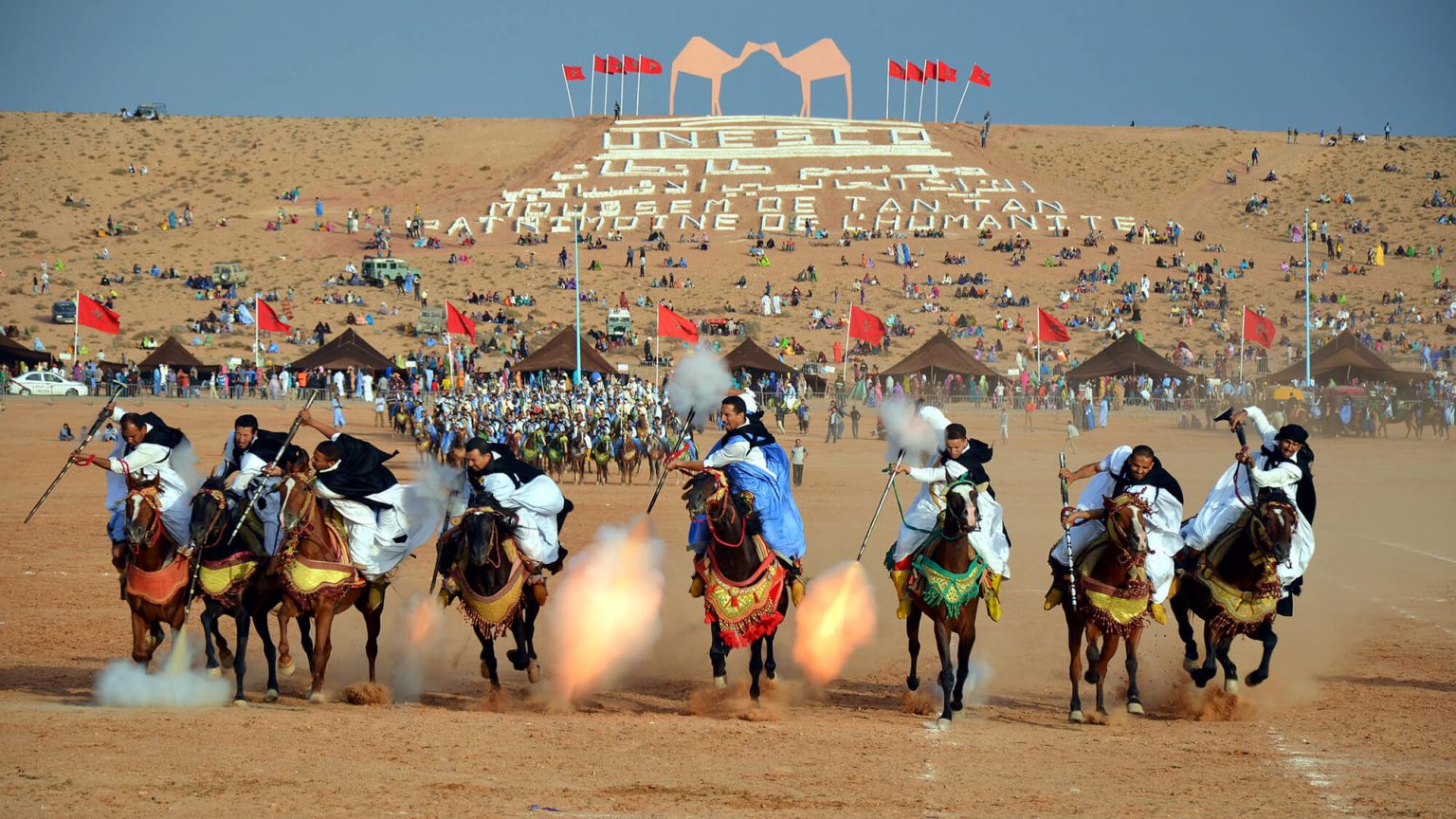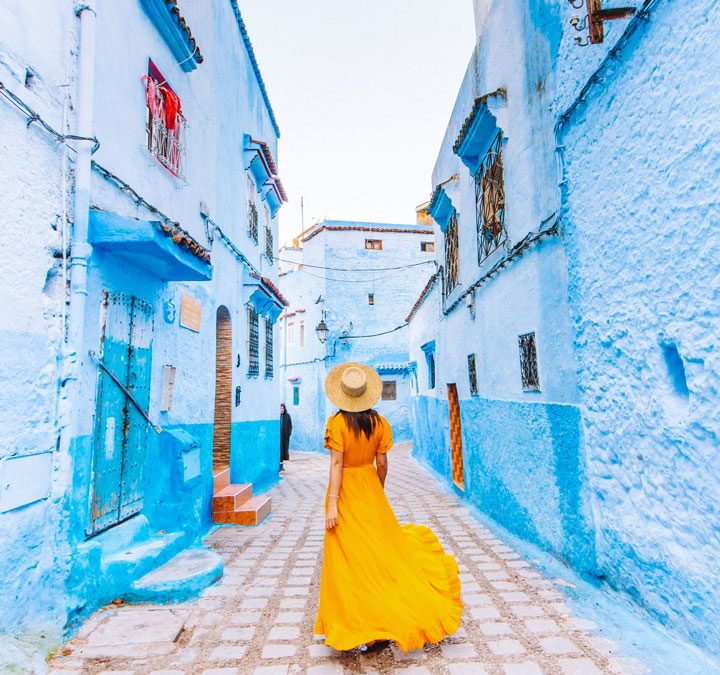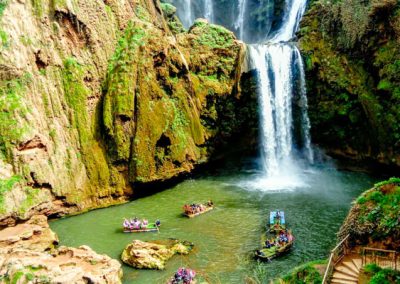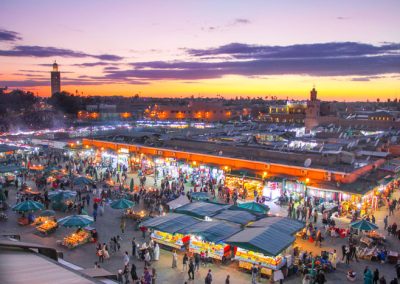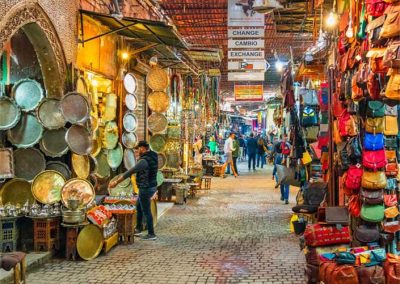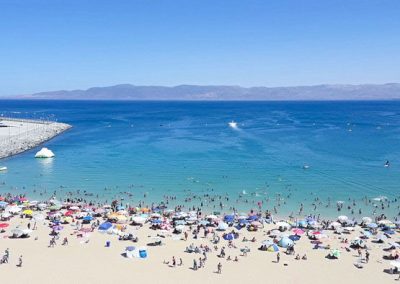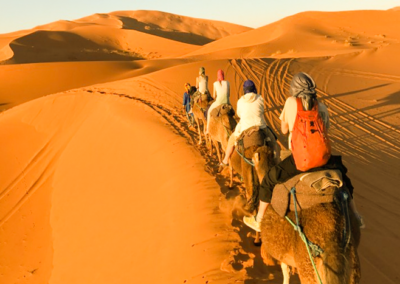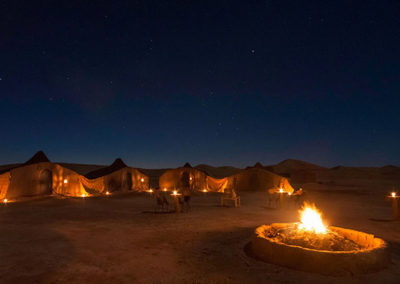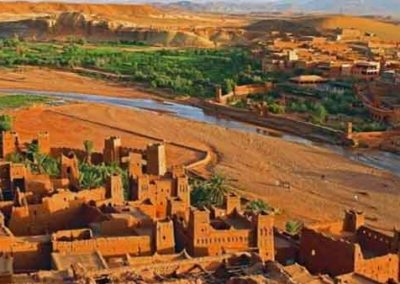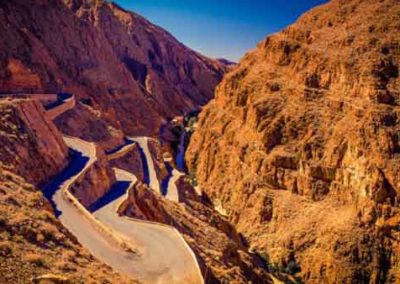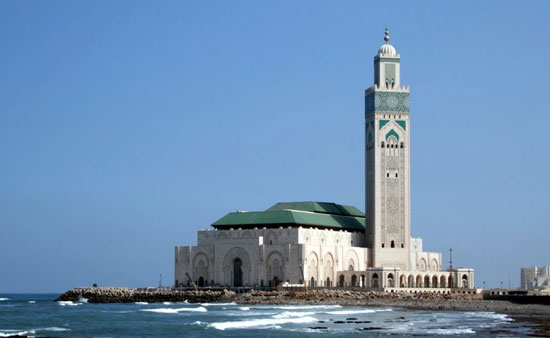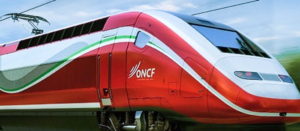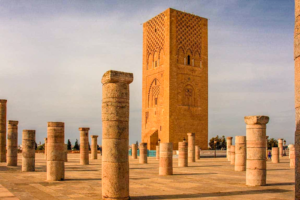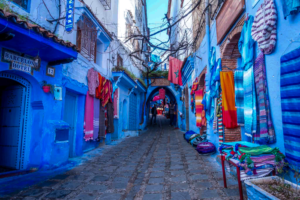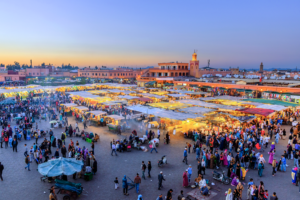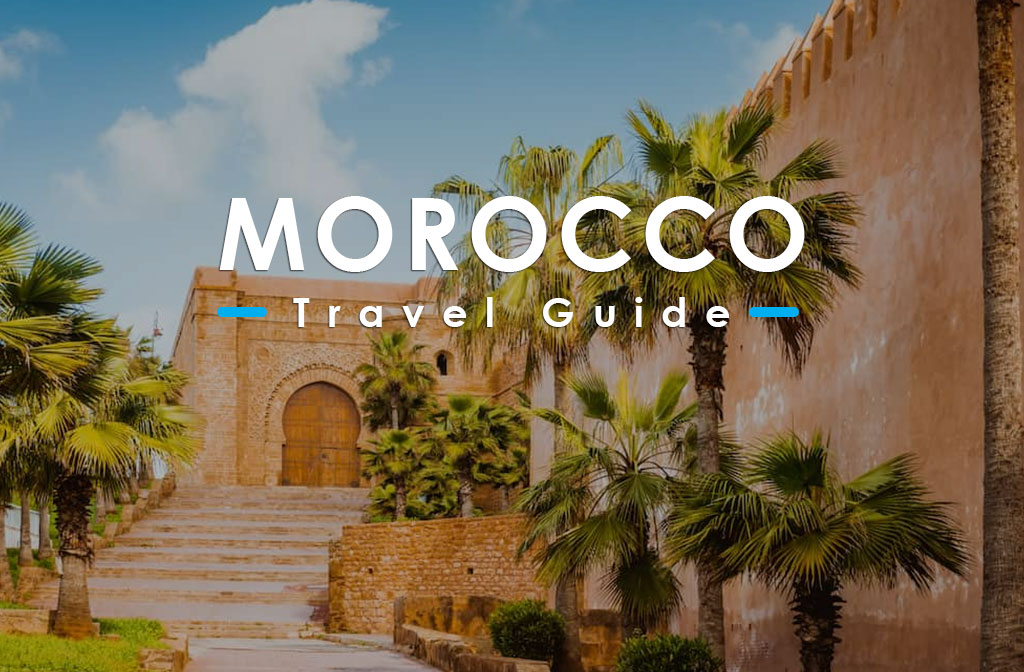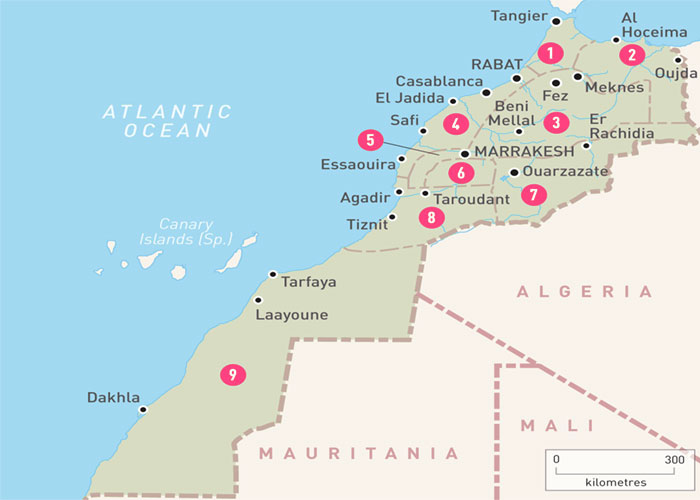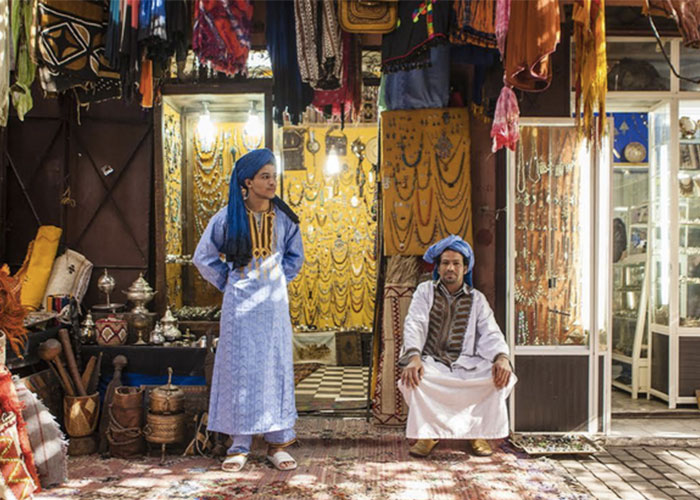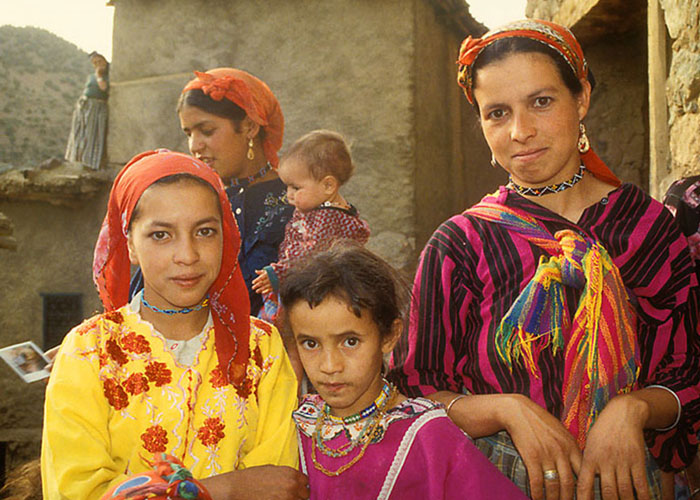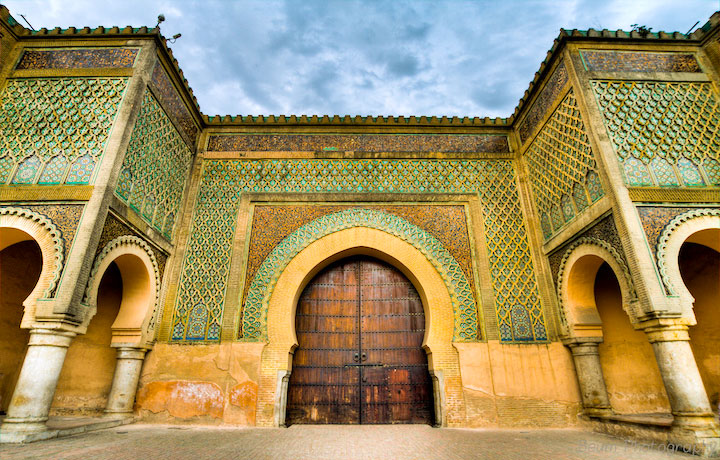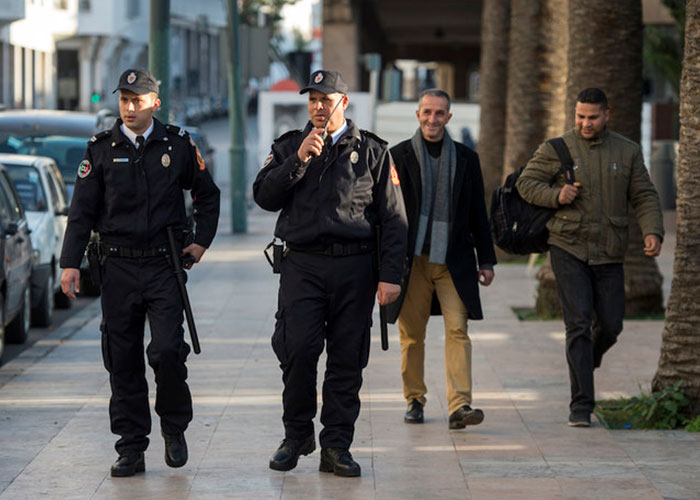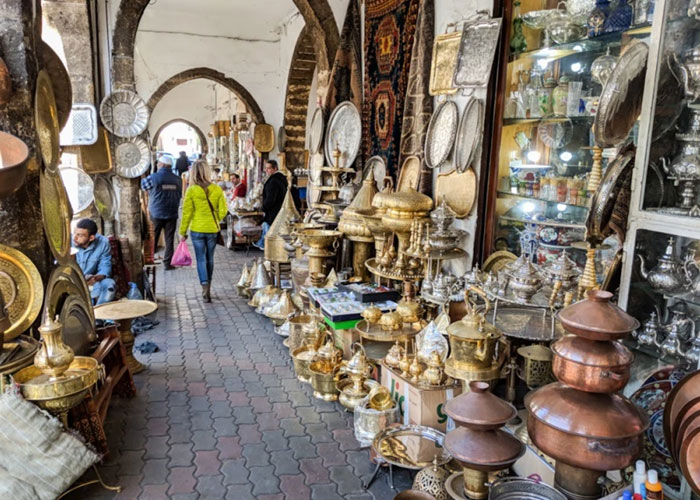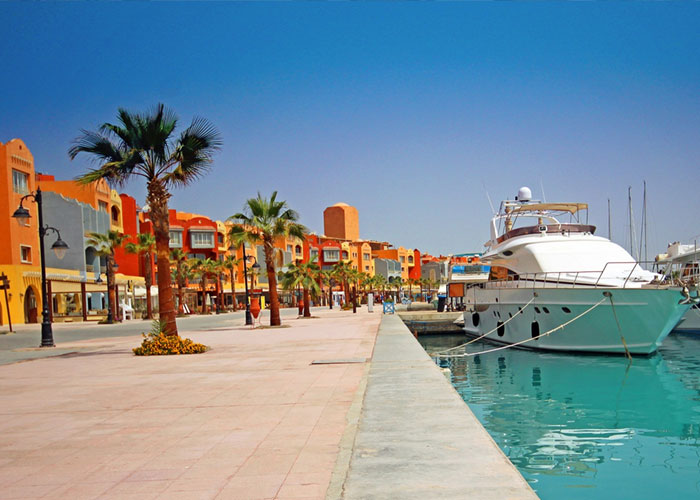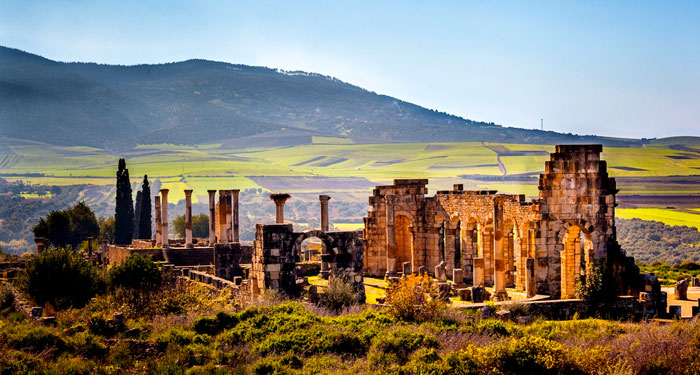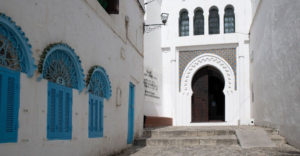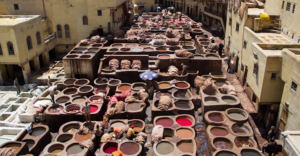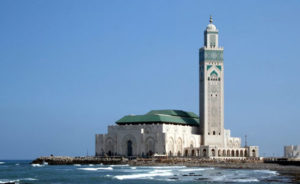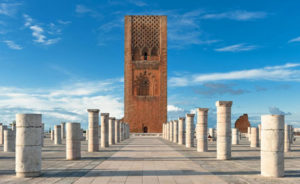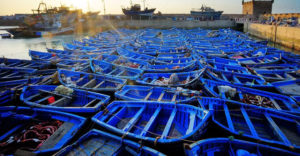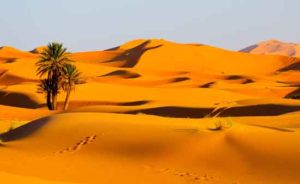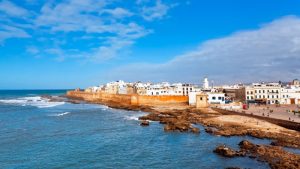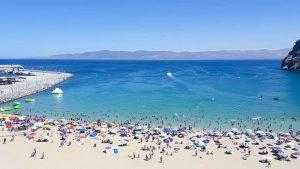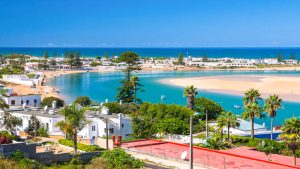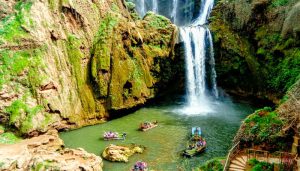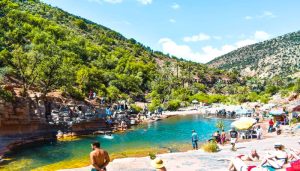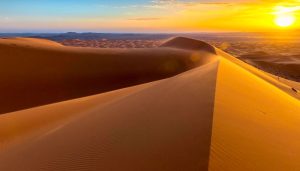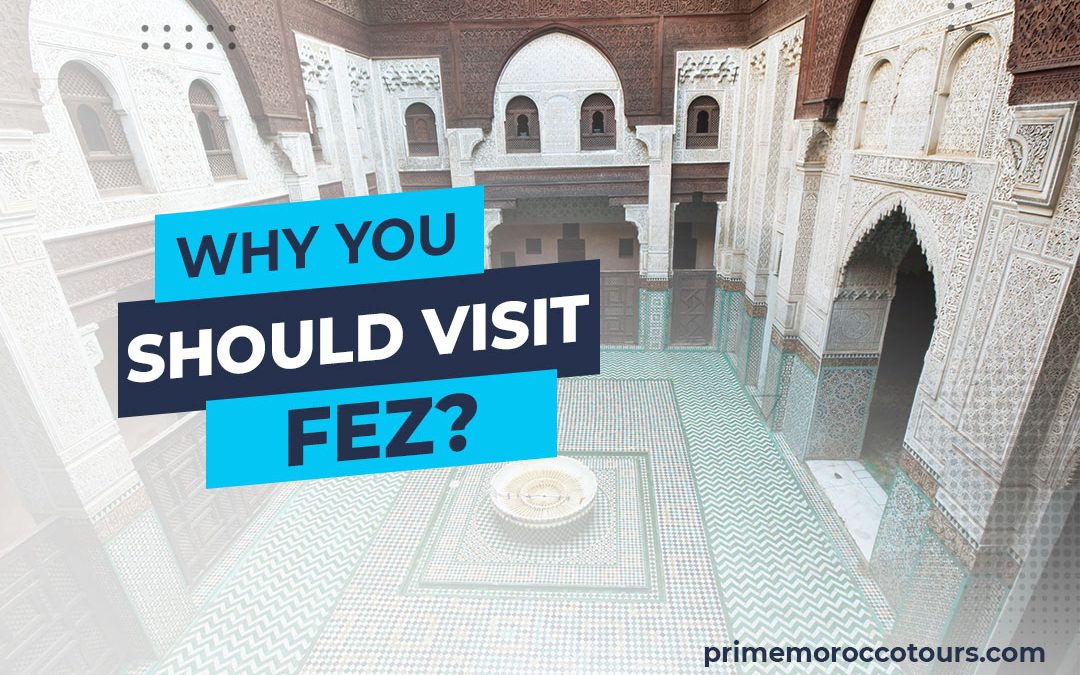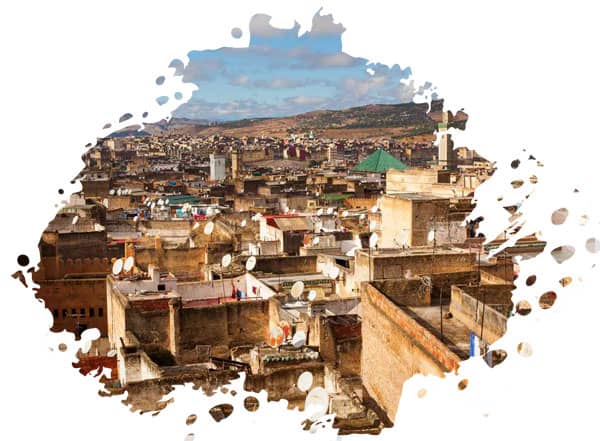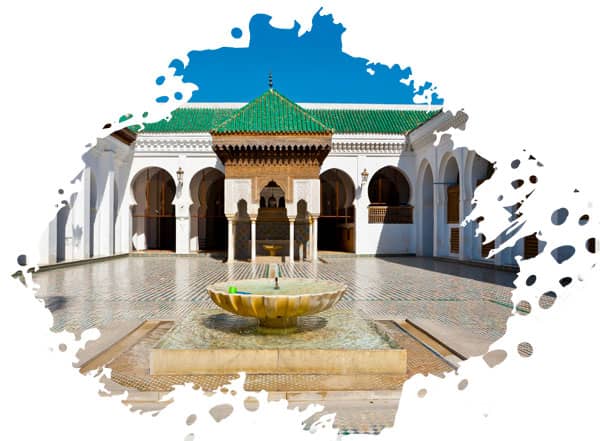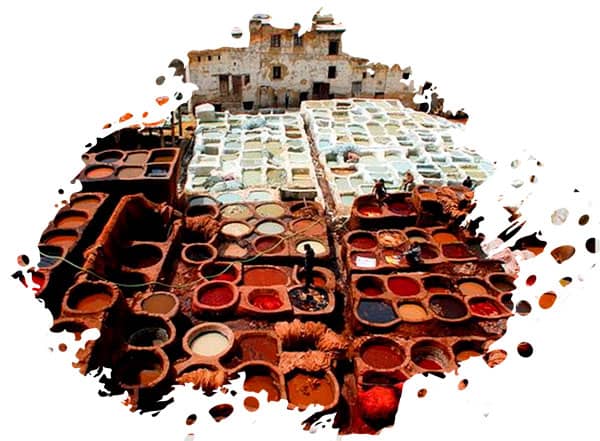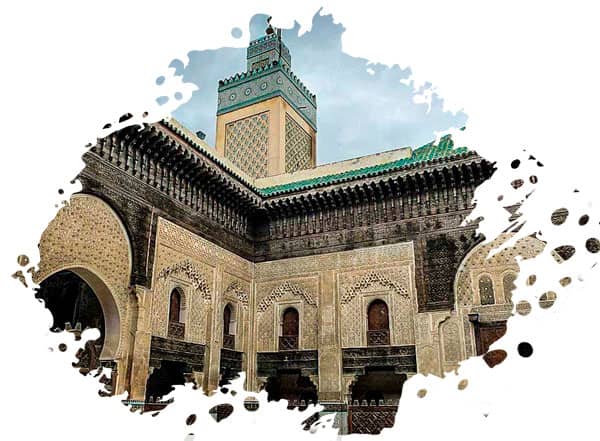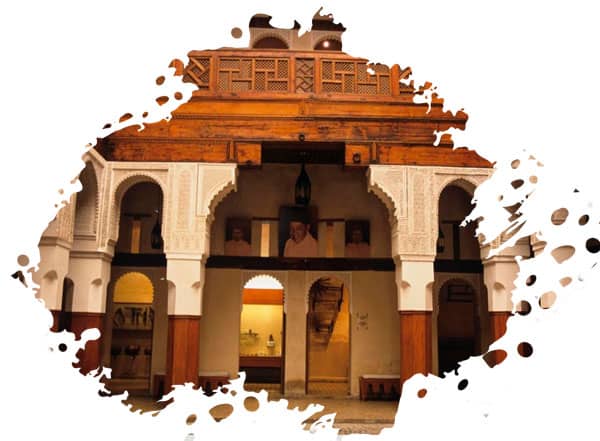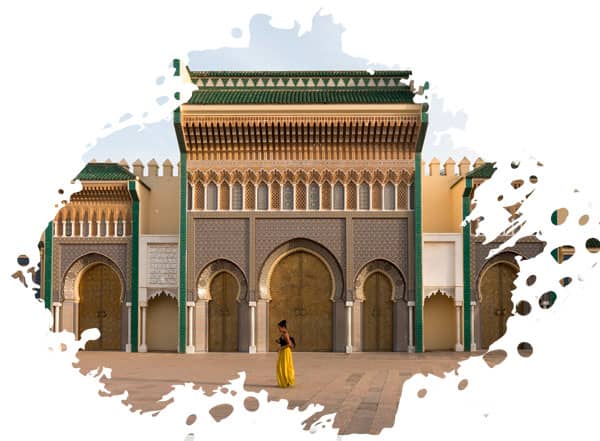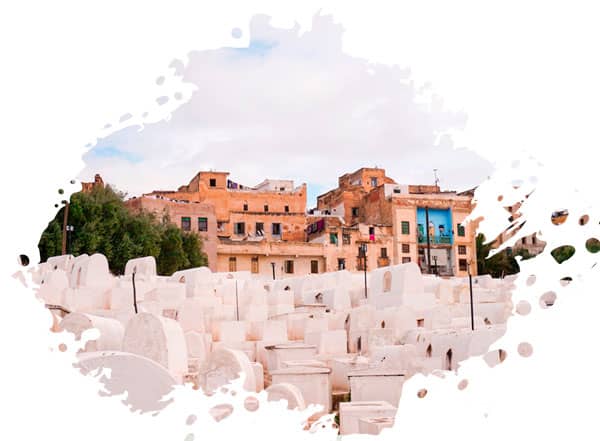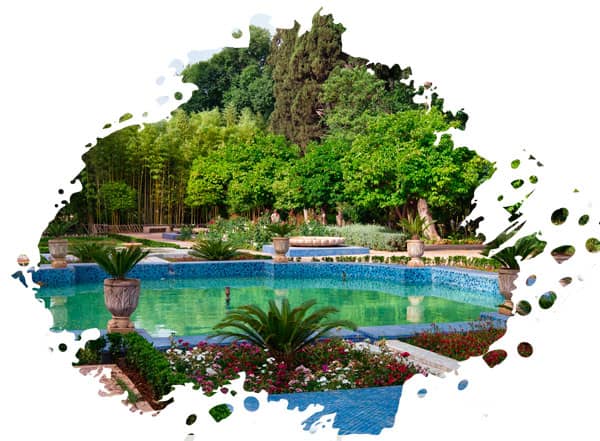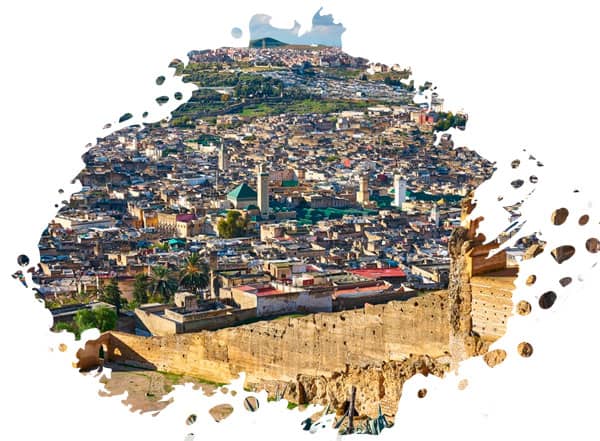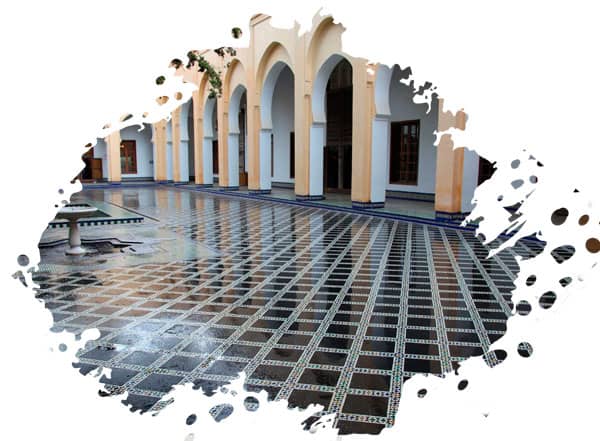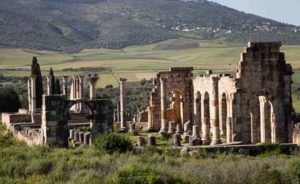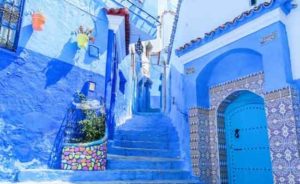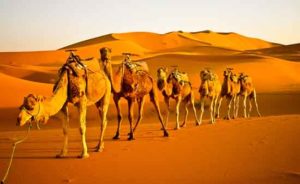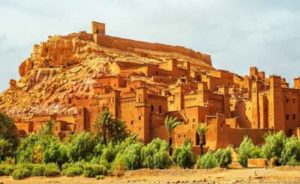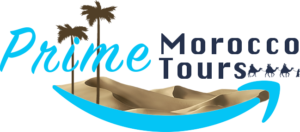
National Parks of Morocco: Wildlife and Natural Wonders
National Parks of Morocco: Wildlife and Natural Wonders
Morocco is a land of contrasts, where vast deserts, rugged mountains, and lush forests coexist to create breathtaking landscapes. Among its most remarkable treasures are the national parks of Morocco, each offering a unique opportunity to connect with nature, observe wildlife, and explore pristine environments. From the snow-capped peaks of the High Atlas to the arid beauty of the Sahara, these protected areas showcase the ecological diversity that makes Morocco a must-visit destination for nature enthusiasts.
Visiting these parks allows travelers to experience Morocco beyond its famous cities and medinas. Whether you are hiking through cedar forests, spotting Barbary macaques, or stargazing in remote desert regions, the national parks of Morocco offer a mix of adventure, relaxation, and education. These areas are carefully managed to preserve biodiversity, making them ideal for sustainable travel and eco-conscious tourism.
Some of the most iconic parks include Toubkal National Park, home to Morocco’s highest peak; Ifrane National Park, known for its pristine cedar forests and the endangered Barbary apes; and Souss-Massa National Park, where visitors can spot the rare bald ibis along the Atlantic coastline. Each park has its own character, from mountainous terrain and waterfalls to coastal wetlands and desert oases, providing countless opportunities for outdoor enthusiasts and photographers.
Planning a trip to Morocco’s national parks requires understanding their locations, access points, and the wildlife you might encounter. Many parks offer guided tours, hiking trails, camping sites, and educational centers, ensuring that visitors can enjoy nature responsibly while learning about conservation efforts. By exploring the national parks of Morocco, you are not only witnessing stunning landscapes but also contributing to the preservation of Morocco’s natural heritage.
In the following sections, we will delve deeper into the most remarkable parks, highlight their unique features, and provide practical tips for planning your visit, ensuring your journey is both unforgettable and respectful of the environment.
Highlighted National Parks and Wildlife
Morocco’s diverse terrain is beautifully reflected in its national parks, each offering unique landscapes, flora, and fauna. Exploring these areas allows you to witness the richness of Moroccan biodiversity and experience nature at its finest.
1. Toubkal National Park
Located in the High Atlas Mountains, Toubkal National Park is home to the highest peak in North Africa, Mount Toubkal, standing at 4,167 meters. Hikers and adventure seekers can enjoy trekking routes of varying difficulty, passing through Berber villages and alpine landscapes. The park is also home to species like Barbary sheep, jackals, and the endangered Barbary macaque, offering excellent opportunities for wildlife observation.
2. Ifrane National Park
Known as “Little Switzerland” for its alpine climate and cedar forests, Ifrane National Park is a haven for nature lovers. Its iconic cedar trees provide shelter to Barbary macaques, while the park’s rivers and lakes attract migratory birds. Seasonal snow transforms the park into a winter wonderland, perfect for snowshoeing and photography.
3. Souss-Massa National Park
Situated along Morocco’s Atlantic coast, Souss-Massa National Park protects a variety of habitats including sand dunes, wetlands, and cliffs. It is particularly renowned for the bald ibis, a critically endangered bird species. Visitors can explore scenic trails, observe coastal wildlife, and enjoy the unique blend of marine and terrestrial ecosystems.
4. Talassemtane National Park
Located in the Rif Mountains, Talassemtane National Park features dramatic gorges, cedar forests, and endemic plant species. The park’s biodiversity makes it ideal for eco-tourism, hiking, and botanical studies. It also hosts rare species such as the Barbary leopard and various endemic flora, offering a unique experience for nature enthusiasts.
5. Tazekka National Park
Nestled in the Middle Atlas, Tazekka National Park is famous for its caves, cedar forests, and waterfalls. The park supports diverse wildlife including wild boars, jackals, and numerous bird species. Its lush landscapes provide a serene escape for hikers and eco-tourists seeking immersion in Morocco’s natural beauty.
By exploring these national parks, you gain insight into Morocco’s rich ecosystems and the importance of conservation. Each park offers a distinctive environment, from mountainous terrains and forested valleys to coastal wetlands and desert edges, ensuring that every visit is an opportunity for discovery and adventure.

Activities and Tips for Visitors
Visiting the national parks of Morocco is not just about sightseeing; it’s an immersive experience that combines adventure, learning, and respect for nature. To make the most of your trip, consider the following activities and tips:
1. Hiking and Trekking
Many Moroccan national parks, such as Toubkal National Park y Ifrane National Park, offer hiking routes suitable for beginners and experienced trekkers alike. Trails often lead through Berber villages, cedar forests, and scenic mountain passes. Ensure you wear proper hiking shoes, carry sufficient water, and check trail conditions before setting out.
2. Wildlife Observation
Morocco’s parks are home to fascinating wildlife. In Souss-Massa National Park, you can observe the rare bald ibis, while in Ifrane and Toubkal, the Barbary macaque is a common sight. Use binoculars for a closer look and maintain a respectful distance to avoid disturbing the animals. For more information on Moroccan wildlife, see the Moroccan Biodiversity Center.
3. Camping and Eco-Tourism
Many parks provide designated camping areas, allowing you to connect with nature overnight. Campsites in Tazekka and Talassemtane offer basic facilities and a chance to enjoy star-filled skies. Practice Leave No Trace principles: take all trash with you, avoid lighting fires outside designated areas, and respect the flora and fauna.
4. Birdwatching and Photography
With wetlands, forests, and mountainous terrains, Morocco’s national parks are ideal for birdwatching and photography. Carry a camera and a field guide to help identify local species. Early morning or late afternoon visits often provide the best lighting and wildlife activity.
5. Guided Tours and Education
Hiring a local guide enhances your experience, as guides share knowledge about flora, fauna, and local culture. Guided tours also ensure safe navigation of trails and promote responsible tourism practices. Many parks have visitor centers offering educational exhibits about the region’s ecosystems.
6. Seasonal Planning
Each park has its own climate and seasonal highlights. Spring is perfect for seeing wildflowers and migratory birds, while winter in the High Atlas provides snowy landscapes ideal for trekking and photography. Check local conditions and plan accordingly to optimize your visit.
By engaging in these activities responsibly, you not only enjoy Morocco’s natural beauty but also contribute to the protection of its ecosystems. Exploring the national parks of Morocco is a rewarding adventure for families, solo travelers, and nature enthusiasts alike.
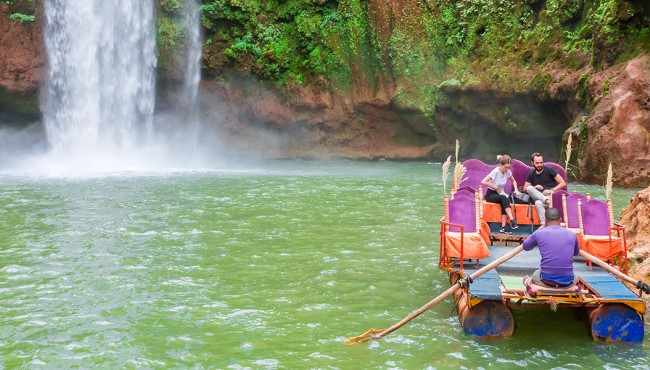
How to Plan Your Visit & Practical Tips
Planning a trip to the national parks of Morocco ensures a smooth, enjoyable, and safe experience. Here are practical tips to help you prepare and make the most of your visit:
1. Choosing the Right Park
Each national park has unique features, so consider your interests when selecting where to go. If you love mountain trekking, Toubkal National Park y Ifrane National Park are ideal. For coastal wildlife and birdwatching, Souss-Massa National Park offers wetlands and dunes.
2. Transportation
Most parks are accessible by car or organized tours from major cities like Marrakesh, Fez, and Agadir. Renting a vehicle provides flexibility, but guided tours can simplify navigation, especially in remote areas. Ensure your transport is suitable for mountainous or rugged terrain if you plan to explore High Atlas regions.
3. Accommodation Near Parks
Options vary from eco-lodges and guesthouses to nearby riads in towns adjacent to the parks. For example, the village of Imlil provides lodging near Toubkal National Park, while Taghazout offers access to coastal reserves. Booking in advance is recommended, particularly during peak tourist seasons.
4. Permits and Entry Fees
Some parks, like Toubkal, require a small entrance fee or permit for trekking. Check official park websites or local tourism offices to confirm fees, regulations, and opening hours. This ensures you respect local management policies and contribute to park conservation.
5. Packing Essentials
Bring comfortable clothing, sturdy hiking shoes, a reusable water bottle, sun protection, and a first aid kit. In mountainous areas, weather can change rapidly, so pack layers and rain gear. Binoculars and cameras enhance wildlife observation and photography experiences.
6. Respect Local Regulations
Follow park rules, such as staying on marked trails, avoiding littering, and not disturbing wildlife. Many parks have sensitive ecosystems that require careful navigation to preserve their biodiversity. Learn more about Morocco’s protected areas on the Moroccan Ministry of Tourism website.
7. Seasonal Considerations
Timing your visit can greatly affect your experience. Spring (March to May) offers blooming flora and pleasant temperatures, while summer may be hot in lowland areas. Winter can provide snowy landscapes in the High Atlas, ideal for trekking enthusiasts.
By preparing carefully, you can maximize your enjoyment of Morocco’s natural wonders while contributing to their preservation.
Experiencing Wildlife and Nature
Exploring the national parks of Morocco allows you to witness the country’s diverse flora and fauna up close, offering experiences that are both thrilling and educational.
1. Observing Wildlife
Morocco’s parks are home to a variety of species, from the Barbary macaque in Ifrane National Park to the bald ibis in Souss-Massa National Park. To make the most of wildlife observation:
- Visit early in the morning or late afternoon when animals are most active.
- Use binoculars for a safe and respectful distance.
- Avoid feeding or attempting to touch animals, as this disrupts natural behaviors.
2. Birdwatching Adventures
Morocco is a key location for migratory birds, making its national parks a paradise for birdwatchers. Bring a field guide to identify species and track migratory patterns. Coastal parks like Souss-Massa offer opportunities to see seabirds, while inland parks like Tazekka and Talassemtane host forest-dwelling birds.
3. Hiking and Nature Trails
Many parks feature marked trails suitable for various skill levels. Hiking allows you to explore forests, mountains, and valleys, giving you a deeper connection to the environment. Trails in Toubkal National Park and Talassemtane provide breathtaking views of peaks, waterfalls, and endemic plant life.
4. Camping and Immersive Experiences
Overnight stays in eco-friendly campsites let you experience Morocco’s landscapes in a unique way. Sleeping under the stars, surrounded by nature, can be unforgettable. Remember to follow Leave No Trace principles: pack out all trash, avoid disturbing wildlife, and use designated fire areas.
5. Photography and Documentation
Morocco’s national parks are incredibly photogenic, offering a range of landscapes and wildlife opportunities. Capture the snow-capped Atlas peaks, dense cedar forests, or the unique coastal wetlands. Sharing these moments responsibly on social media can also raise awareness about conservation.
6. Educational and Cultural Engagement
Many parks provide educational programs or guided tours to help visitors understand the ecosystems and the importance of conservation. Engaging with local guides not only enriches your experience but also supports community-based tourism and sustainable practices.
By participating in these activities, you will create meaningful memories while promoting the protection and appreciation of Morocco’s natural treasures. Each visit contributes to the ongoing conservation efforts that keep these environments vibrant for future generations.
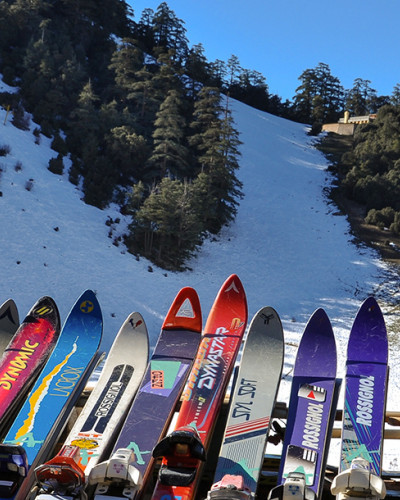
Conclusion
Exploring the national parks of Morocco offers an unparalleled opportunity to connect with nature, observe unique wildlife, and immerse yourself in the country’s stunning landscapes. From the towering peaks of Toubkal National Park to the lush cedar forests of Ifrane, and the coastal wonders of Souss-Massa, each park presents its own distinctive experience, making Morocco a premier destination for nature lovers and eco-tourists alike.
To make the most of your journey, plan carefully by selecting the parks that match your interests, preparing appropriate gear, respecting local wildlife and ecosystems, and considering seasonal variations. Whether you enjoy hiking, birdwatching, camping, or simply soaking in the beauty of pristine landscapes, Morocco’s protected areas promise adventures that are both enriching and responsible.
If you’re ready to explore these natural treasures and plan your trip to Morocco, don’t hesitate to get in touch with our travel experts. They can help you organize guided tours, suggest accommodations, and provide practical tips for a seamless experience. Start your adventure today by visiting our contact page and let your Moroccan nature journey begin.
READY TO EXPLORE MOROCCO’S WILD SIDE?
Experience sustainable travel at its finest. Our eco-friendly tours support conservation efforts while giving you unparalleled access to Morocco’s national parks and wildlife.
